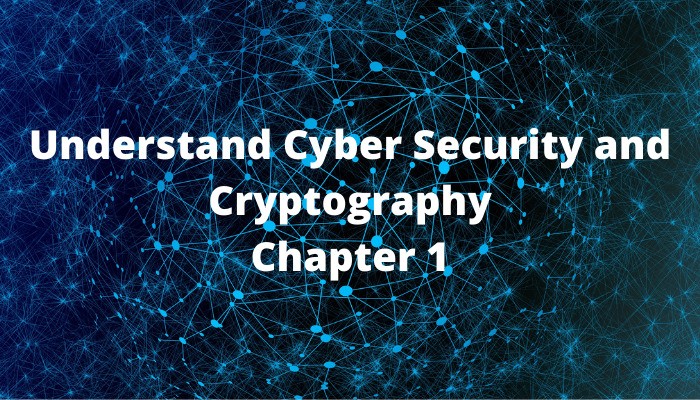What is Cryptography?
So Cyber Security and Cryptography both are key elements to protect communication over the internet. We are in an era of undercommented and exposed web spread everywhere. Everything shared is visible over the internet if that information is not protected using some sort of method. Cryptography simply hides your information in a secured way and assures a safe transition.
Also Encryption takes plain text and turns it into ciphertext. You can not read this text if you do not have a key.
So Let me show you an example of how it works. Go to URL: http://atom.smasher.org/pgp/
Type some random text.

Encrypt message, see what it looks like.

Nowadays, encryption is the most-trusted method to secure data.
History
Internet goes public in 1992. Data privacy and security concerns arise from the very beginning. In 1996, a report published http://www.networkdls.com/articles/keylength.pdf by a group w of the most famous computer scientists of that time. At that time, they mentioned the requirement of secure communication methods. Even 30 years ago those people realized the importance of cryptographic systems.

Five Types of Security Services.
So Network administrators have a critical responsibility to keep networks up and operational. But to keep the network environment secure, five prime elements are required to keep in mind.
The five services are
- Confidentiality – Protect data against unauthorized disclosure without having pre- approved authentications.
- Integrality– Ensure that data is no tempered, lost of modified using an unauthorized manner.
- Non-repudiation/Accountability– Protect against false denial of active involvement in an established communication e.g., digital signature.
- Authentication– Confirm identity of a system entity using a message authentication code.
- Availability- Services are available to authorized users or application, shamelessly over the intranet or internet. This is difficult to protect.
However, four, out of five can_be achieved by using cryptography.
So This is the reason network security and cryptography are required to go hand in hand.
Types of Encryptions
Two basic types of encryptions.
- Symmetric Encryption- Use single key for authentication.
- Asymmetric Encryption- Uses pair of keys for authentication. The public key and a private key.
Types of Attacks
Even if we are not willing, but still we are interconnected. That situation makes it difficult to keep integrity and security.Service security mechanisms such as intrusion detection systems, network port scanners, and firewalls used to protect networks against network attacks.
What are network attacks? Any mechanism that can compromise the security of the data is termed an attack. So cyber/network attacks have become more sophisticated and harder to detect.According to a study of Government Accountability Office (GAO) www.gao.gov
There is an exponentiall increase in cyber-attacks in the last decade.

In addition to All together we can categorize attacks into three types- passive and active. Also Passive attacked usually include gathering information and observing users’ activity without having consent. This type of attack is hard to detect. It canbe prohibited by applying prevention measures.
Active Attacks occurs when some hacker try to enter in-network and try to either intrude malicious codes or steam information. Denial of Services, Session hijacking, password attack, or buffer overflow can be examples.
Usually, ping scanning, port scanning, or sometimes protocol scanners are used for intrusions.
Conclusion
Today we have gone through an overview of cryptography and the importance of the requirement of Cyber security. To keep things we will discuss Cyber security and cryptography in detail.



